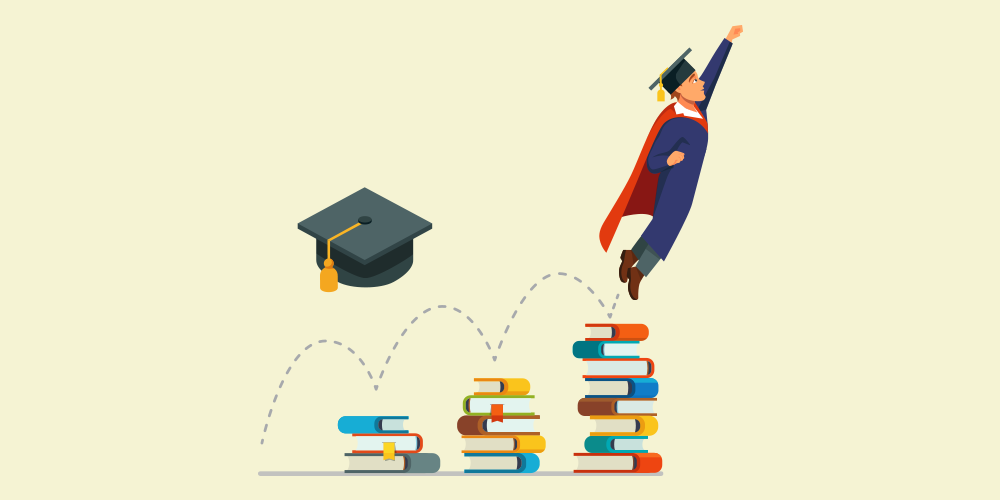In the ever-evolving realm of education and learning, where info moves abundantly and accessibility to understanding is only a click away, student-driven encyclopedias are becoming a vibrant device in the knowing procedure.

These platforms not only supply students with a repository of details yet likewise encourage them to contribute, edit, and curate content, promoting a collective and interactive knowing environment.
As academic paradigms change towards more participatory and comprehensive models, the idea of student-driven encyclopedias personifies this makeover. These systems equip trainees to end up being energetic individuals in expertise creation, bridging the space between conventional textbook learning and modern-day digital sources.
The Principle of Student-Driven Encyclopedias
Student-driven encyclopedias are electronic platforms where students jointly collect, confirm, and share information on a vast range of topics. Unlike conventional encyclopedias, which are often written by professionals, these platforms leverage the collective efforts of pupils to produce a thorough body of understanding.

At their core, student-driven encyclopedias are created to grow essential thinking, research skills, and digital proficiency among students. By taking part in the procedure of web content production, trainees learn to browse and examine details critically, abilities that are vital in today’s information-rich society.
Additionally, these platforms act as a room for students to explore their passions and share their knowledge. This autonomous technique to understanding creation ensures that a varied series of perspectives and voices are represented, improving the discovering experience for all participants.
- Pupils gain hands-on experience in study and material development.
- Encourages cooperation and peer interaction.
- Advertises a deeper understanding of subject.
- Fosters inclusivity and variety in expertise representation.
Basically, student-driven encyclopedias transform students from easy recipients of info into energetic contributors, instilling a sense of ownership and obligation in their educational trip.
Advantages of Student-Driven Encyclopedias
One of the principal advantages of student-driven encyclopedias is the advancement of important 21st-century abilities. As students engage in the procedure of content creation, they refine their essential thinking, electronic proficiency, and interaction skills, every one of which are critical in today’s interconnected globe.
Additionally, these systems motivate a collaborative learning environment, where pupils can interact to validate information, debate different viewpoints, and co-edit posts. This peer-to-peer communication not only enhances finding out end results however additionally promotes a sense of community and common respect among trainees.
Furthermore, student-driven encyclopedias provide a platform for showcasing student job. As trainees contribute to the encyclopedia, they develop a profile of their research study and writing, which can be important for additional academic and expert searches.
Challenges and Limitations

In spite of the many benefits, student-driven encyclopedias additionally face particular difficulties. Guaranteeing the precision and integrity of details is critical, as these systems depend on payments from trainees who may not yet have expert-level expertise.
- Keeping content top quality and accuracy.
- Offering sufficient guidance and assistance.
- Ensuring equitable access and inclusivity.
To alleviate these difficulties, many student-driven encyclopedias implement a system of checks and equilibriums, where material is assessed by educators or specialists prior to magazine. This ensures that the details provided is both accurate and credible, upholding the stability of the system.
The Future of Student-Driven Encyclopedias
As modern technology continues to advance and the landscape of education advances, the potential for student-driven encyclopedias is substantial. These systems have the capability to not just enhance traditional educational resources however additionally redefine the means knowledge is acquired and shared.
In the future, we might see HURRY AND WILL GIVE BRAINILIST! Find three major differences between Pan in the Greek myth and Pan in “A Musical Instrument.” by Elizabeth Barrett Browning. student-driven encyclopedias incorporating more advanced technologies such as expert system and machine learning to enhance content curation and personalization. Furthermore, they may increase past textual details to include multimedia content, offering a much more immersive learning experience.
Empowering the Future Generation
Student-driven encyclopedias hold the pledge of encouraging the future generation of learners. By positioning trainees at the helm of expertise production, these platforms urge lifelong learning, inquisitiveness, and intellectual self-reliance.
Finally, as academic systems remain to innovate, student-driven encyclopedias stand as a testimony to the power of cooperation and the relevance of pupil agency in the knowing procedure. By embracing these platforms, we open the doors to a more inclusive, appealing, and vibrant instructional experience for all.
